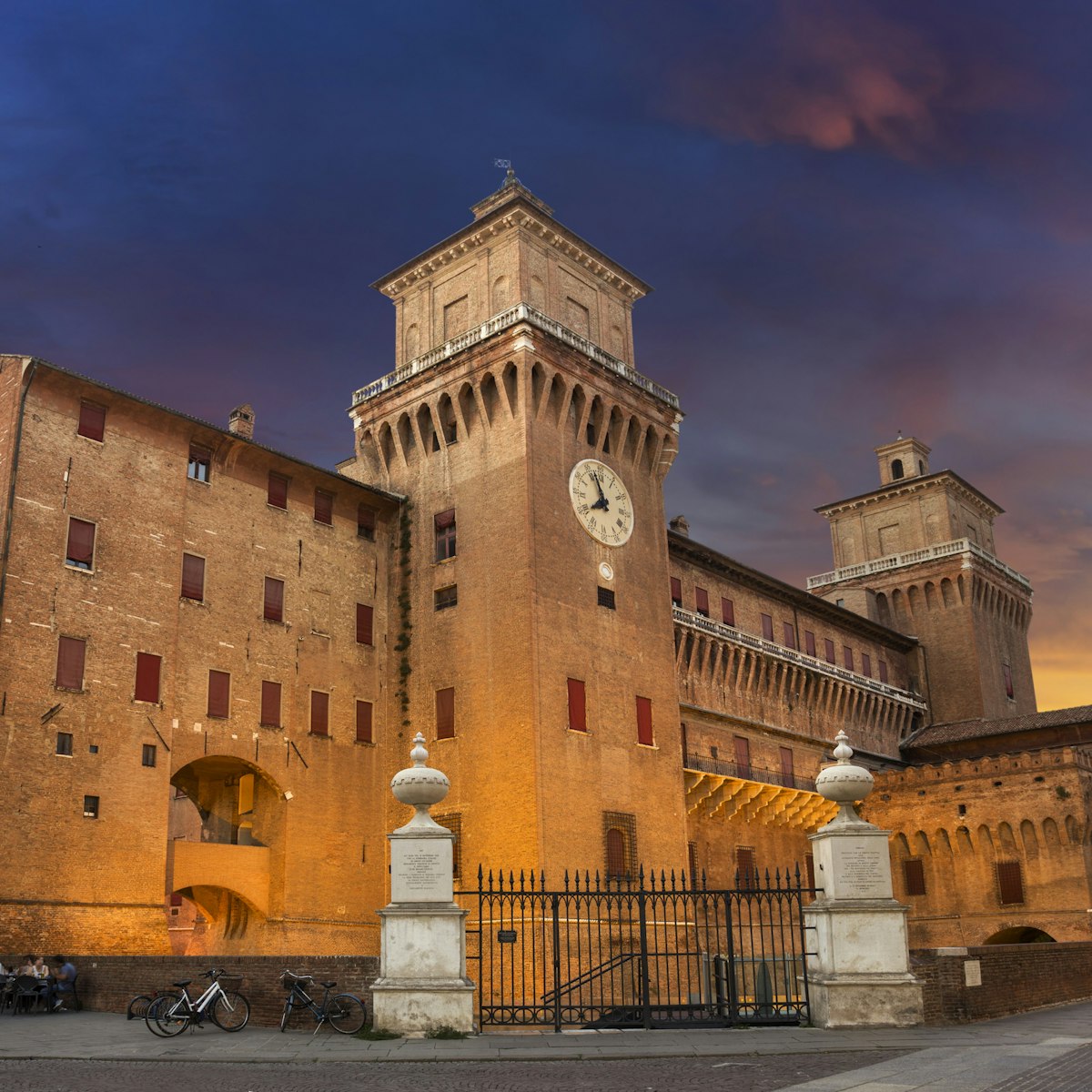The palace that forms the western flank of Piazza Maggiore has been home to the Bologna city council since 1336. A salad of architectural styles, it owes much of its current look to makeovers in the 15th and 16th centuries. On the 2nd floor you'll find the palazzo's Collezioni Comunali d'Arte with its interesting collection of 13th- to 19th-century paintings, sculpture and furniture.
The statue of Pope Gregory XIII, the Bolognese prelate responsible for the Gregorian calendar, was placed above the main portal in 1580. Inside, Donato Bramante's 16th-century staircase was designed to allow horse-drawn carriages to ride directly up to the 1st floor. Outside the palazzo, three large panels bear photos of hundreds of partisans killed in the resistance to German occupation, many on this very spot.
At time of writing, there was talk of opening the renovated 13th-century Clock Tower here for visits, so check ahead.








